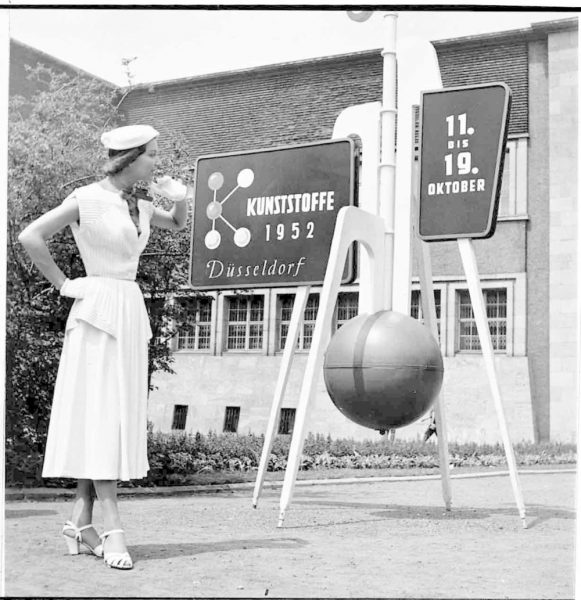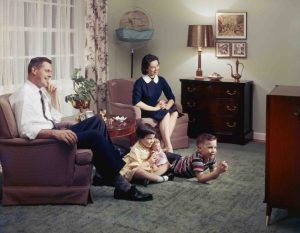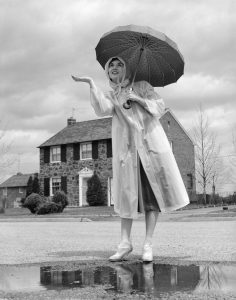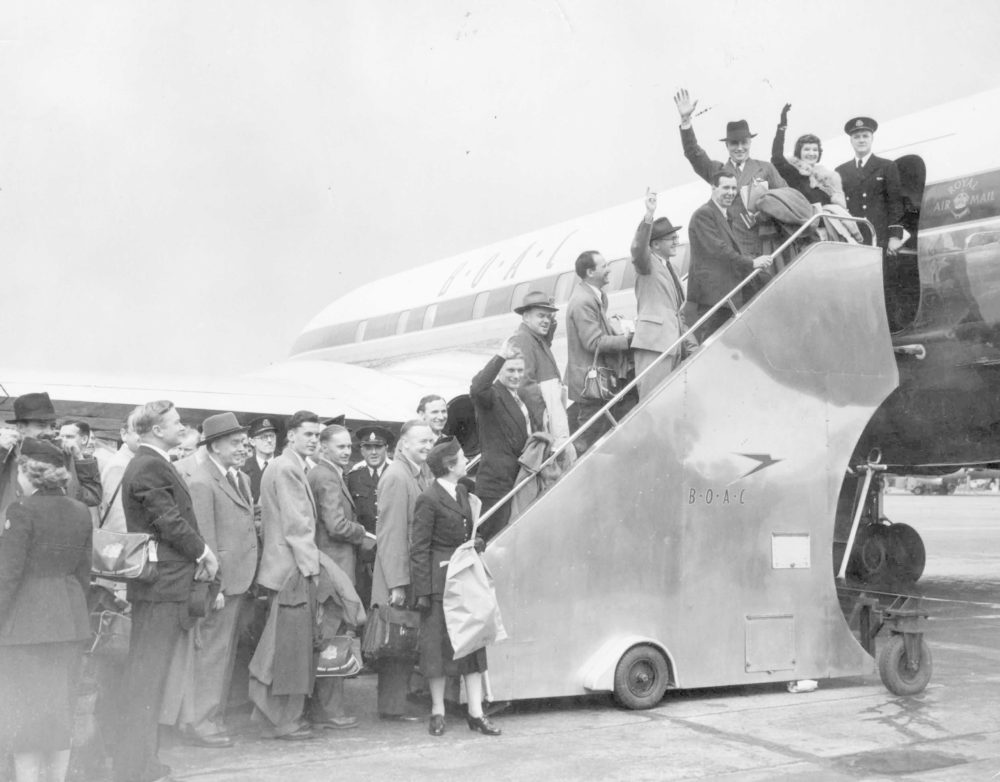 I love the “K” and “K” Celebrates its 65th Anniversary- K celebrates its 65th anniversary: I love the “K” show in Dusseldorf. Every year it remindes me that I am one year older because I am the same age as the “K” is! So, I and my colleagues are celebrating the 65th anniversary of this worldwide famous international rubber and plastics exhibition. (A. A. Saatnia – the CEO of PIM Media Group)
I love the “K” and “K” Celebrates its 65th Anniversary- K celebrates its 65th anniversary: I love the “K” show in Dusseldorf. Every year it remindes me that I am one year older because I am the same age as the “K” is! So, I and my colleagues are celebrating the 65th anniversary of this worldwide famous international rubber and plastics exhibition. (A. A. Saatnia – the CEO of PIM Media Group)
On 11. October 1952, 65 years ago to the day, Messe Düsseldorf opened the first K – the trade fair for the plastics and rubber industry that is still the leading event for this sector today. We are taking a look back at the year in which K began and invite you to accompany us as we return to what was both an eventful and momentous time.
Source: A. Armstrong Roberts / ClassicStock / GettyImages
Seven years after Germany, Italy and Japan capitulated to the allied forces under the leadership of the USA, Great Britain and the Soviet Union, the people of Europe were doing everything in their power to make the chaos and destruction of the Second World War a thing of the past. Not all of the rubble had been cleared away yet, but commitment and effort were impressive – and fuelled hopes of a better future.
Attempts were made to make up for the large-scale destruction by finding compensation on a smaller scale. People found fulfilment in harmonious family life, appreciated the comfort they enjoyed, although it tended to be rather modest at first, admired beauty and elegance, looked forward to leisure, holidays and mobility. It became fashionable to have your own car and airlines tried to make flights to holiday destinations attractive. Social advancement and increasing personal happiness were strong driving forces in the early 1950s.
Greater interest in the beautiful, the famous and the aristocracy
In 1952, airlines tried to make holiday flights attractive. Source: Monty Fresco / Getty Images
The period that is known nowadays as the “years of the economic miracle” provided a platform for colourful personalities. General interest in the life of the beautiful, famous and rich increased. Television viewers shared the excitement felt by Elizabeth Mountbatten-Windsor, who assumed the throne of England at the age of 27 following the death of her father King George VI. As Tinseltown, Hollywood enchanted people with its feature films. Humphrey Bogart won the Oscar for his role in “African Queen”.
World War reporter Ernest Hemingway became famous all over the world with “The Old Man And The Sea”. There was collective mourning, e.g. for Eva “Evita” Peron. The wife of the Argentinian President Juan Péron was worshipped as a saint by the country’s population because of her commitment to social affairs and died of cervical cancer at the age of only 33 in July 1952. And there was outrage at the time too, for example about the fact that the doctor, philosopher and theologian Albert Schweitzer was not initially considered worthy of receiving the Nobel Peace Prize – only to be honoured by the Norwegian Nobel committee finally after all for the work he did at the hospital he established in Lambaréné in the Central African country of Gabon following a storm of international protest.
 Television became fashionable in 1952 and TV evenings were spent with the family. Source: Harold M. Lambert / Getty Images
Television became fashionable in 1952 and TV evenings were spent with the family. Source: Harold M. Lambert / Getty Images
1952 was not a peaceful time everywhere. For two years, North and South Korea had been fighting a war in which not only China but also the USA and the Soviet Union were involved. The Korean War and the deterioration in the relationship between the Soviet leadership and the US government stirred up fears of a Third World War, for which the major powers tried to equip themselves by expanding their arsenal of nuclear weapons.
Germany, that was occupied by the allies who had won the Second World War, was a central focus of the Cold War. The German Democratic Republic (GDR), which was created from the Soviet occupation zone in 1949, committed itself to the Soviet Union and its Communist regime both economically and ideologically. The Federal Republic of Germany (FRD), which was also established in 1949 and received strong financial support and encouragement from the USA, became a full member of the Western community of nations.
The American family became the model for prosperity and satisfaction with life in Europe during the 1950s.
The political situation promoted attempts to overcome borders and heal rifts – and to operate at a supranational level. Some European countries developed closer economic ties: with the establishment of the European Coal and Steel Community, Belgium, the Federal Republic of Germany, France, Italy, Luxembourg and the Netherlands laid the foundations for what was later to become the European Union (EU) of 28 Member States in the meantime, following the last increase in July 2013.
As is still the case today, a major ally of Western Europe was the United States of America, the world’s leading economic, political and military power – which was considered to be its main role model where pop culture was concerned too: the US way of life became the standard by which prosperity and satisfaction with life were measured in Europe as well.
So polymer materials and products like those presented at the first plastics trade fair from 11. to 19. October 1952 in Düsseldorf were right in line with the trend. More than any other material, plastic was already considered back then to be a convincing all-rounder in all areas of life – and one that was comparatively inexpensive too. The organiser of the plastics trade fair, the Association of the German Plastics Processing Industry, had set itself the goal of presenting the many different applications for plastics in everyday and professional life at regular intervals. The industry not only had a promising market; it also boasted a large number of different companies: 270 exhibitors already participated in the first K in 1952. All of them were German companies initially, but the success of the first plastics trade fair inevitably paved the way for the subsequent internationalisation process.
Plastic – the perfect travelling companion
Rubber soon joined plastics too
An impression of the first plastics trade fair that was held in Düsseldorf from 11. to 19. October 1952. Source: Messe Düsseldorf
Rubber manufacturers and processors joined the plastics companies. The automotive industry and the companies that supplied it were an important application area even then: Dunlop, for example, launched an international innovation in October 1952 – the first “Mud & Snow” (M&S) tyre, which was supposed to make snow chains more or less superfluous in winter.
Rubber was the source of interesting anecdotes in 1952 too: Alain Bombard, for example, a French doctor and biologist, wanted to prove that shipwrecked castaways could survive at sea solely by taking advantage of what the ocean had to offer them. On 25. May, he left Monaco in a rubber boat to cross the Atlantic – allegedly without any food and freshwater on board. While the experiments that the scientist claimed to have carried out on himself (“raw fish every day, supplemented by drinking a little salt water”) were met with suspicion in professional circles, one this was undisputed: the rubber boat took Bombard across the Atlantic safety – the 28-year-old reached the island of Barbados on 24. December.
 Inventions in 1952
Inventions in 1952
One of the plastic highlights at K 1952 was the rain cape that could be folded up. Source: H. Armstrong Roberts / ClassicStock / Getty Images
In 1952, the main processes for the production of the plastics that are still in frequent use today were known and the organisers of K succeeded in highlighting the polymer trends of the time for the first time in a way that attracted public attention. The exhibitors presented plastic tiles for the kitchen and bathroom, a rain cape that could be folded up or the indestructible plastic bottle – both interior design fans and outdoor activists found what they were looking for; camping was a major trend at the time. The manufacturers of synthetic clothing attracted the biggest crowds to their stands at the trade fair, however.
On the ocassion of this important event w we will have a review on 1952 events, in the next news.
Please read more about the above history at the “SOURCE”
or, CLICK HERE to recive the PDF of the whole article












